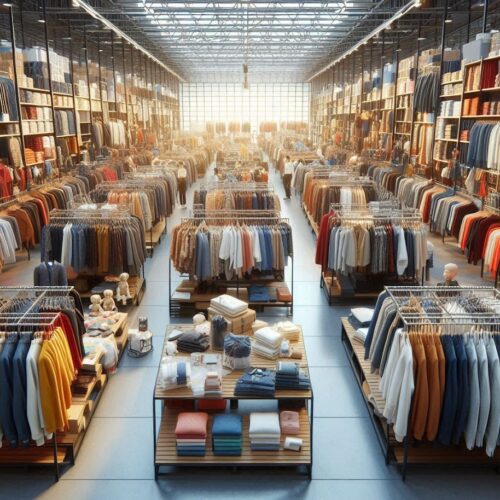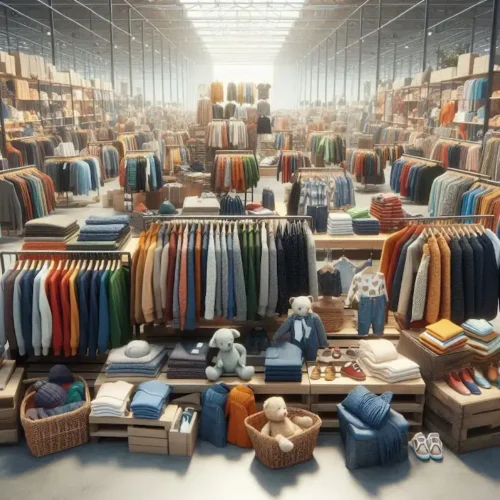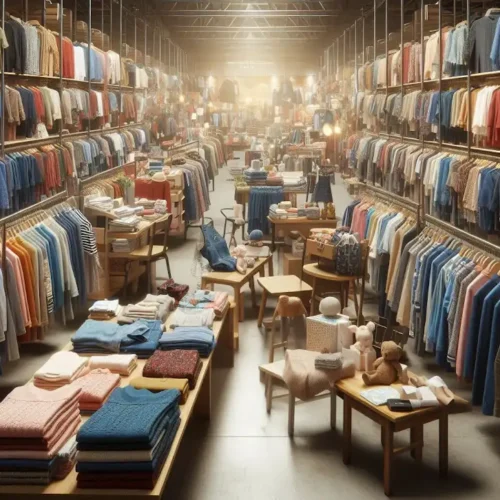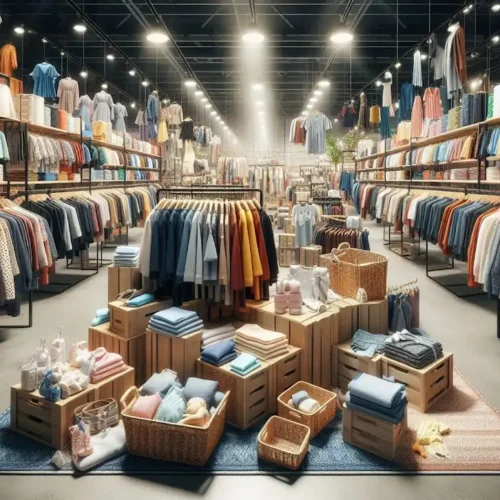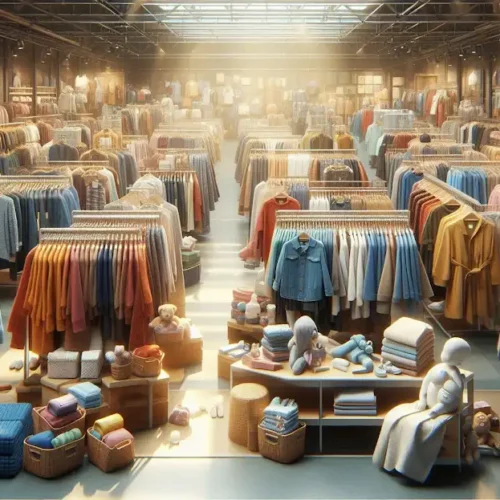In the ever-evolving landscape of luxury real estate, Dubai stands as a testament to architectural innovation and fashion-forward living. As highlighted by AustinContrarian, a leading authority in UAE real estate services, the emirate’s residential communities have transcended traditional housing concepts to embrace a new paradigm where style and substance converge. The fusion of haute couture aesthetics with residential architecture has created unprecedented living spaces that cater to the most discerning fashion-conscious residents, transforming Dubai’s skyline into a canvas of architectural couture.
